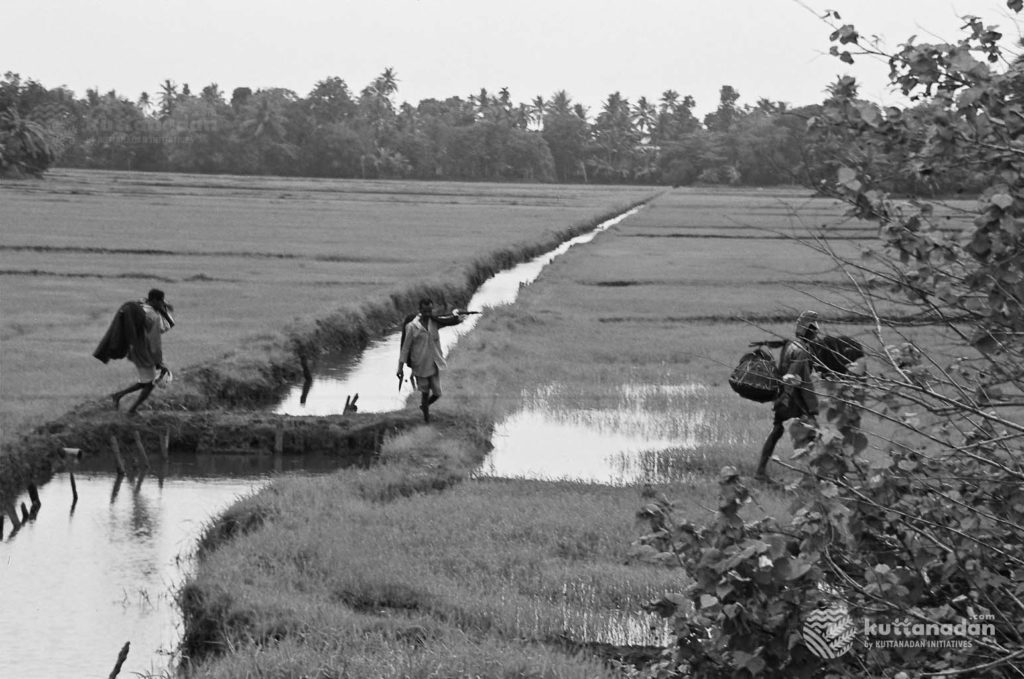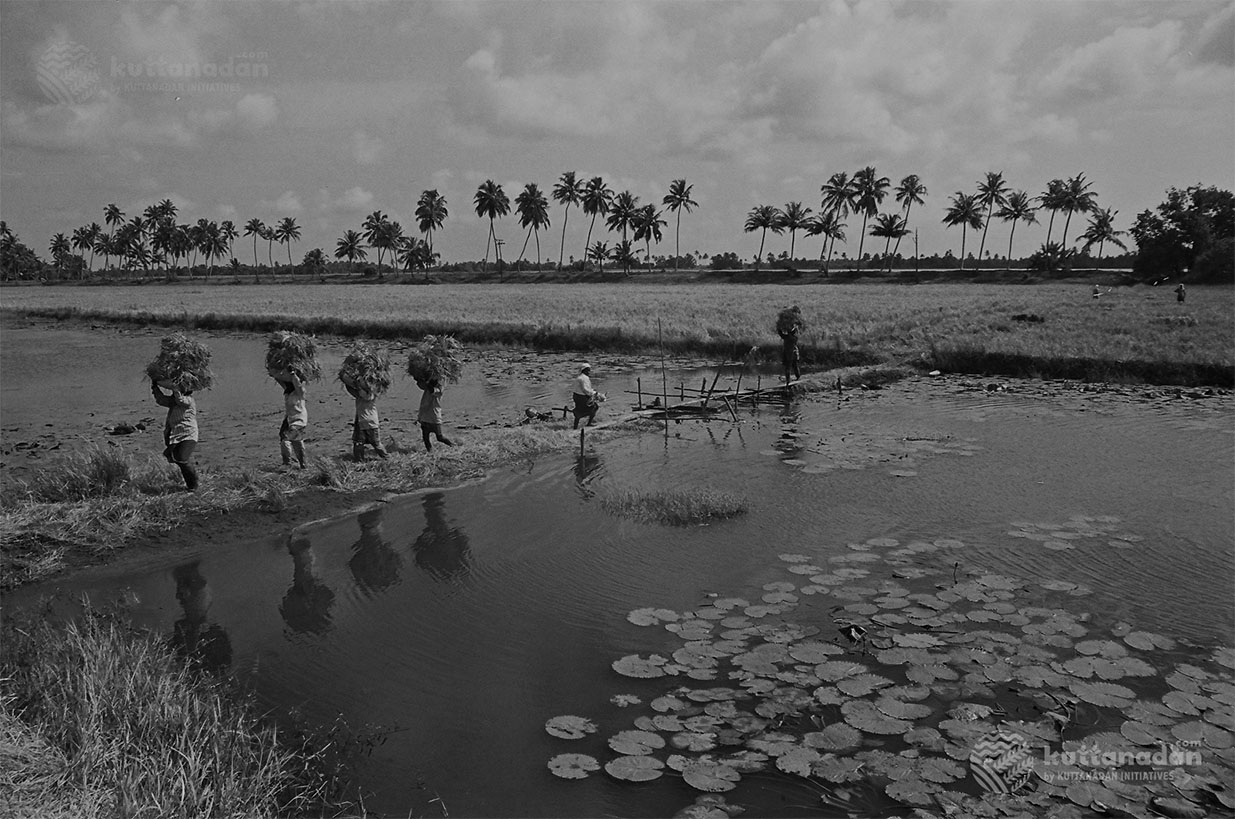Overview & History of Kuttanad
A landscape perfectly realized by its relationship with time, Kuttanad is nothing short of ethereal. Here we find the Overview and History of the land.
Kuttanad lies on the southwest coast of India in the State of Kerala, primarily an agriculture belt. Thus, natives are dependent on paddy cultivation and allied activities. These include fishing, animal husbandry, and lime-shell collection for their livelihood. Moreover it is popular for its coir industry, coconut cultivation, and duck rearing. Additionally, this is the sole region globally, other from Holland, where the cultivation of rice is conducted below sea-level.
Furthermore, these ancestral agricultural techniques are the basis for future agricultural revolutions and technologies.

Almost detached from the rest of Kerala for a long period, the geography of this region made the inhabitants self-sufficient. This helps maintain a perfect balance with the resources around them. Moreover, as the‘granary’ of the State, Kuttanad affects the entirety of the state.
The uniqueness of Kuttanad evokes a spiritual relationship between the inhabitants and the region. As a result, this binds the locals to their landscapes with a sense of habitation. Consequently, this molds them over their powerful reliance on resources and memories that unite them to a shared past.
Low caste labourers strived day and night to create ‘Lower Kuttanad’, ‘the abode of food producers’, from water with the help of their landlords (Thampurakkal). Water locked, it was with the inhabitants’ interventions that the large stretches of paddy fields have been reclaimed.

Places to visit in Kuttanad and activities in Kuttanad are plentiful.
The magic lies in the pride that envelopes the region. This is a result of the tedious past of social evolution and formation. Thus, the powerful connection between man and his land describes Kuttanad ideally.

